Xieng Khouang
Xieng Khouang is located in the Xieng Khouang Plateau in the north-east of Laos. Xieng Khouang in Laos language means ‘Horizontal city’. It is quite small province with the total area of 15,880 square kilometers and population of about 230,000 people. Mountains make up largely part of the total area, however, Xieng Khouang is still one of the main producing areas of Laos thanks to the fertile floodplain.
- Location: Northeastern Laos, bordering Luang Prabang Province to the northwest, Houaphan Province to the northeast, Vietnam to the East
- Population: 299,512 people (2005)
- Area: 15,881 square kilometers
- Most attractive: the Plain of Jars
- High level of biodiversity and a number of endangered species such as tiger, clouded leopard, black bear, etc.
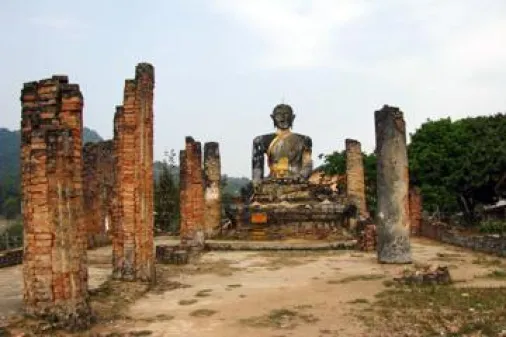
Muang Khoun
A ghost of its former self, MUANG KHOUN, old Xieng Khuang, 35km southeast of Phonsavan, was once the...
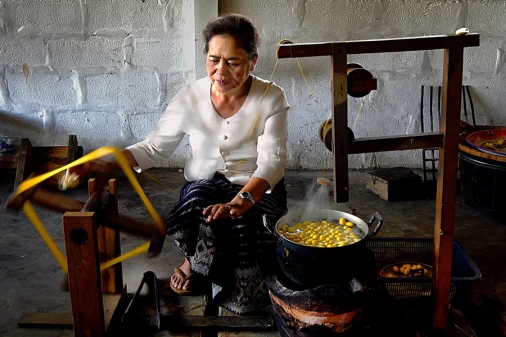
Mulberries Organic Silk Farm
Location: Phonsavan district, Xieng Khouang. Mulberries Gift Shop in Vientiane: Nokeo Koumane Road,...
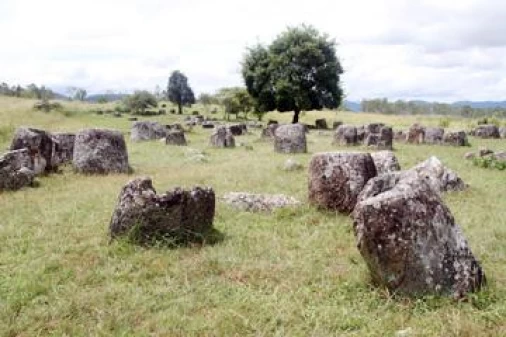
The Plain Of Jars
Opening Hours: All year round Location: Around Phonsavan, the main town of Xieng Khouang Province in...
Frequently asked questions
If you are planning to go on a holiday during which you can experience ethnically diverse culture, trekking through magnificent waterfalls, and wandering around old temples to explore their unique architecture, don’t hesitate to choose Laos, which is said to sum up Southeast Asia. Moreover, this year the country has launched “Visit Laos Year 2018” with many interesting activities and festivals to allure more tourists to discover “the Land of A Million of Elephants”, which offers you a good opportunity to explore Laos.
Definitely, a wonderful journey to Laos cannot complete without calling on Xieng Khouang, which is awesome with not only to the Plain of Jars but also varying other things to make the explorations.
Below are some best things to do in Xieng Khouang that you should place on your list to have an amazing tour to this country.
1.Dropping in the Plain of Jars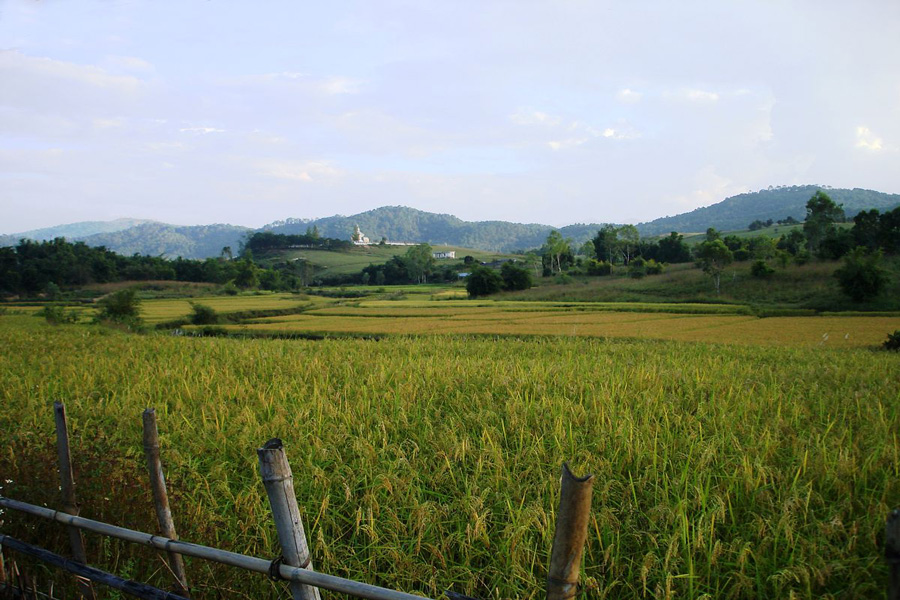
Whether you are interested in history and archeology or not, Plain of Jars, located in Phonsavan, is still the must-visit destination if you plan to travel to Laos. This is a group of fields including thousands of stone jars of various sizes. Who created these jars and how they are made has still remained mysterious theories. The locals believe that a race of giants made them to drink rice wine while the others argue the jars were used to store water for the dry season. However, some bones, teeth, and human skeletons were found in the jars, so it is now said the jars functioned as urns in burial rites.
Plain of Jars suffered from intense battles as well as US bombing. Indeed, the US Air Force dropped more bombs on Laos, primarily the Plain of Jars, than it dropped the whole of World War II (Wikipedia)
It is highly recommended to visit Thong Hai Hin, also called site 1, since it is one of the largest sites of the plain with more than 300 jars and has the only one decorated with human images.
Ban Phakeo or widely known as Plain of Jars site 52, which comprises for 392 jars, is a great place for trekking and adventure tours in Laos. During the tours to site 52, you will have a chance to admire stunning spectacles in Phonsavan including lesser-known waterfalls, primitive forests and idyllic H’mong villages, which can be only accessible by foot.
Opening hours: Plain of Jars opens from 9 am to 5 pm and each visitor has to pay the entrance fee of 10,000 Kip (US$1.5)
Note: You will find there are “secret war” signs at many sites on the ground that a large number of bombs were dropped on the plain during the Vietnam War. Despite clearing works of unexploded bombs, you should visit within the marked areas to ensure your safety.
2.Wandering around Mulberries Organic Silk Farm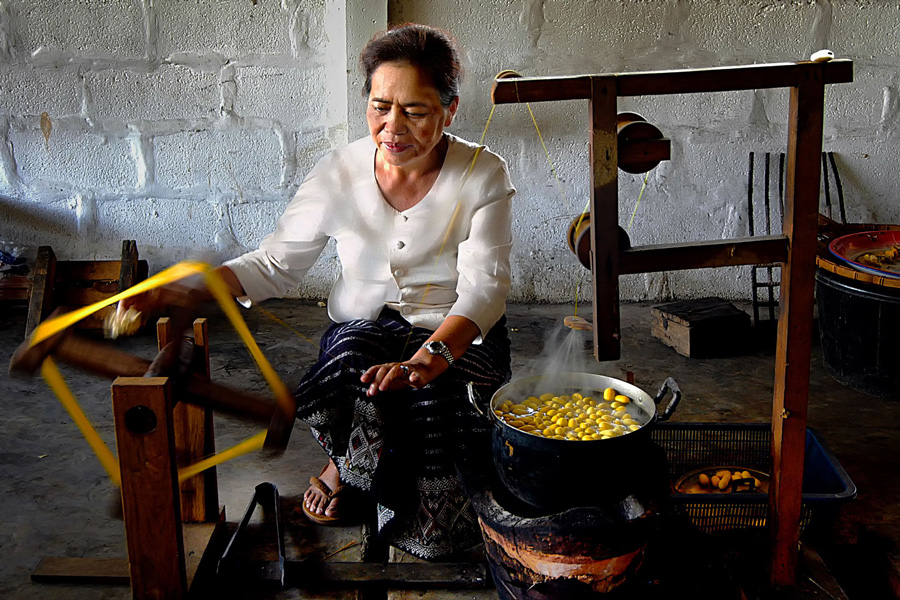
Laos is worldwide famous for their unique fabric products, so why don’t you take advantage of the tour to get a deeper insight into the process of making these products?
Remember to take a trip to Mulberries Organic Silk Farm in Xieng Khouang, one of the best things to do in Xieng Khouang, which will answer all your questions about yarn or fabric. Established in1991, the farm aims at reviving and encouraging Laos traditional yarn production by providing the training and support in silk worm rearing, art, and craft practices of weaving. Here, you will have chance to observe or even participate in one stage of the whole silk-making products.
Additionally, the mulberries shop sells many silk products coming in a variety of colors, sizes, and patterns. You can order patterns, fabrics, and colors to have suitable souvenirs for your friends and family members. If lucky, you may meet Miss Kommaly, who was nominated for the Nobel Peace Prize due to her tireless try to help the local women and ethnic minorities raise their income through weaving. She would tell you how she began this environmental-friendly cooperative 20 years ago.
3.Coming to Muang Sui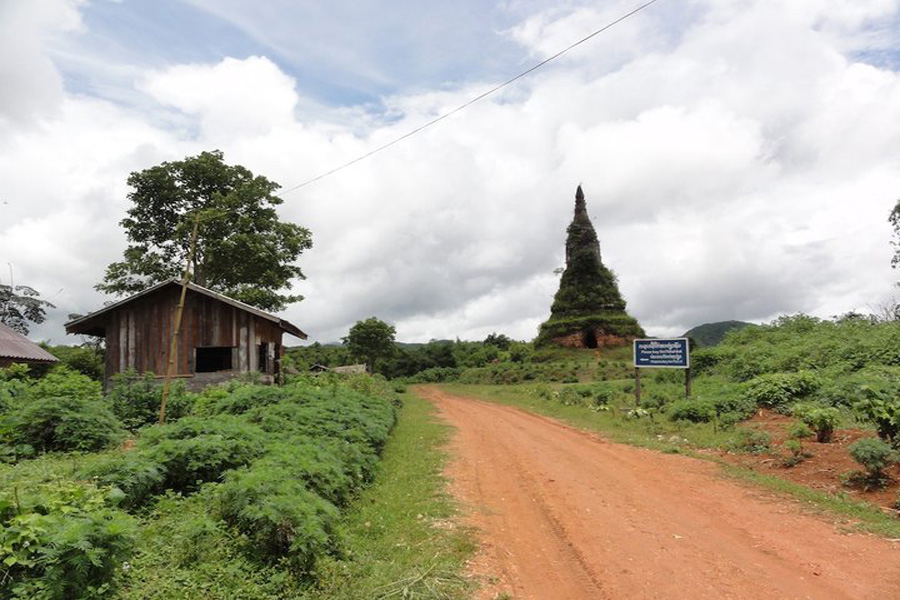
This Lao town used to be very well-known for its Buddhist temples and peaceful countryside but the intense bombing in the Indochina War ruined most of its attractions.
Today, this site remains many ruins of ancient temples, houses, and historic buildings. However, Muang Sui still has other landscapes that can keep you interested for a day.
First, overlook the magnificent tall limestone cliffs, beautiful Nong Tang Lake which is very ideal for going on a picnic with your tour companies or experiencing water sports. If you want something more adventurous, do not miss out on Tham Pa which is a large network of caves housing hundreds of Buddha images from the Haw invasion a few centuries ago. To explore the cave, you will have to go deep into the hill. But don’t be too scared since there are electrical lights inside the caves. The entrance fee is 10,000 Kip.
Another attraction is the ruined temple named Wat Ban Phong. Though this historical temple has been partly damaged by the bombing in the war, it is still impressive with a chedi (stupa) containing beautiful stucco design and an elegant base of the main hall. The wat is still used by monks and has been restored.
4.Paying a visit to Muang Khoun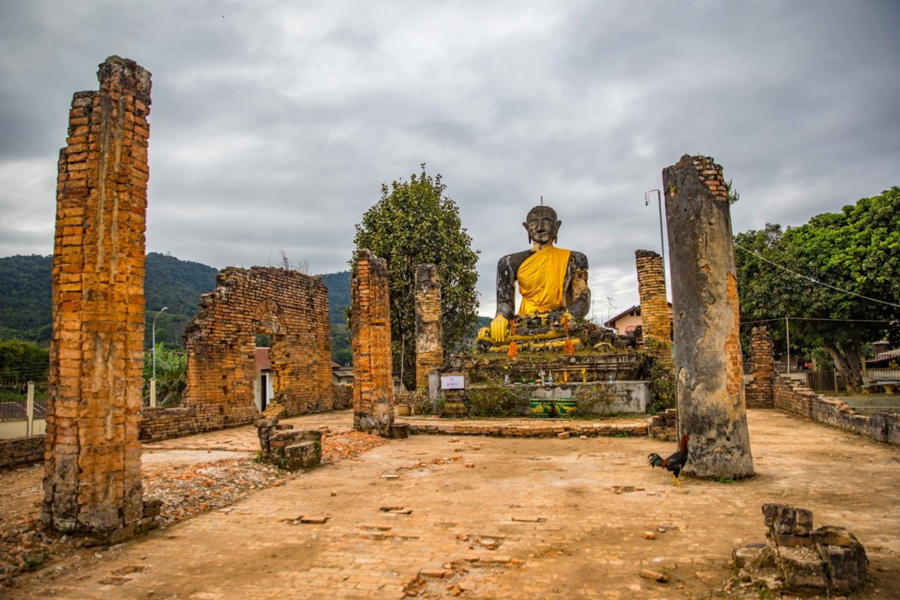
Muong Khoun, situated 30 kilometers away from Phonsavan, used to be the capital of Phuan Kingdom and the provincial capital under the French colonialism. To save time, it is advisable to combine the trip to the Plain of Jars with a quick visit to Muong Khoun. The town brings you a chance to see Buddha images and stupas to help you experience Lao culture in Xieng Khouang more. For example, many tourists rarely reach Muang Khoun without taking a visit to That Foun.
What makes this 30-metre stupa made of brick special is a hole right through it. Or another ruin of temple suggested for you is Wat Piawat, the highlight of the town. There is a large Buddha image sitting on the grounds, at the end of a column of brick pillars. Especially, there is a jar site near Ban Phai village comprising jars made from granite, not stone like the ones in the Plain of Jars.
5.Visiting War Memorials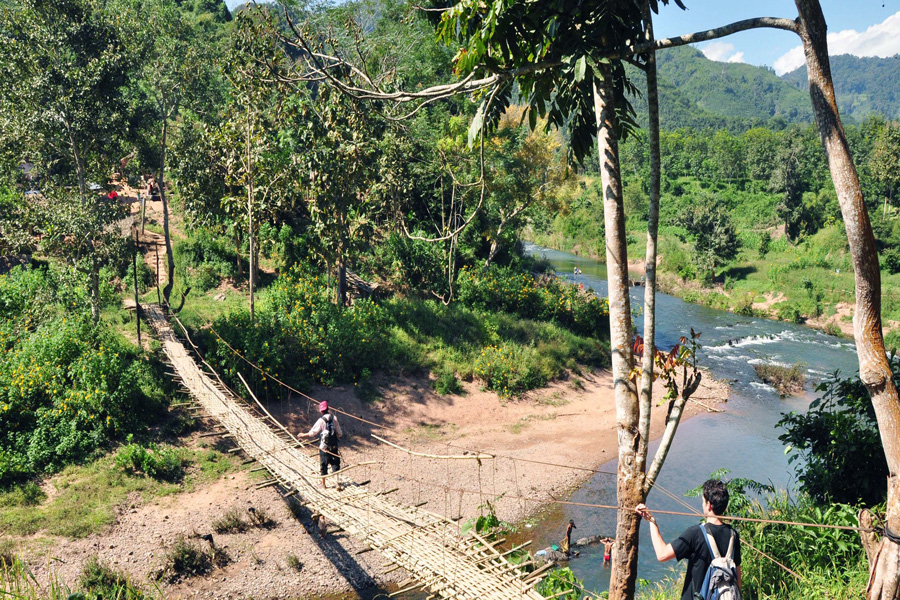
If you have enough time, you should visit the two major war memorials on a hill in the south of Phonosavan. During the Indochina war, Vietnam and Laos always support each other to win the independence, so they have maintained a very faithful friendship for many years. Although each is the embodiment of the Vietnamese and the Lao losses, both are built in Lao traditional style.
When seeing two monuments, you will find the slogan “The nation remembers your sacrifices” and “Lao – Vietnamese solidarity and generosity forever” on the Lao and Vietnamese one respectively. Nearby is the granite slab consisting of the names of the soldiers lost in the war on its surface.
One tip is that you should visit these memorials in the late afternoon to see the stunning sunset combining with the beautiful view of the countryside below.
6.Back in the Time at UXO Visitor Information Center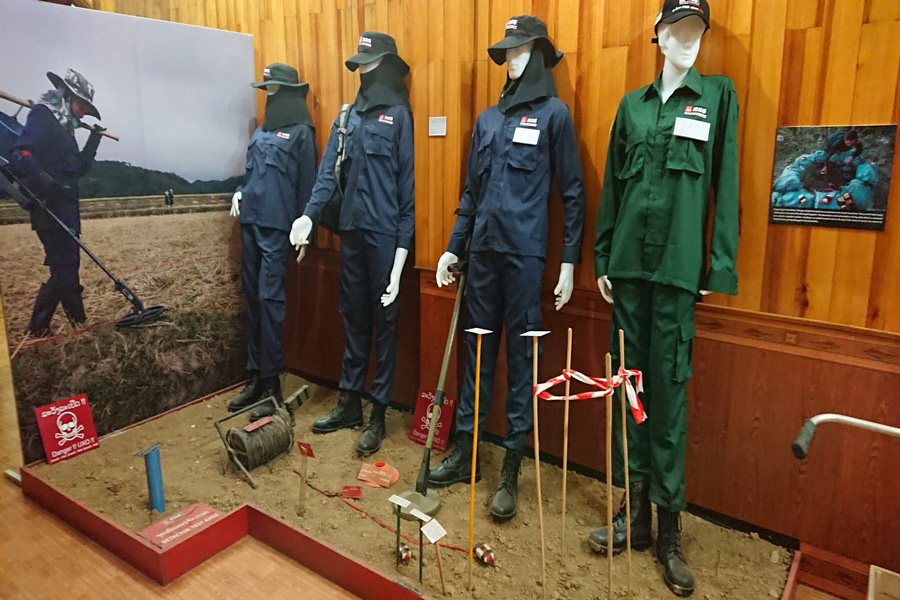
You may not know that Laos is the most heavily bombed country on earth. Although the war ended 40 years ago, there are lots of unexploded ordnances remaining in Laos, endangering people’ lives. A visit UXO Visitor Information Center operated by British organization MAG will tell you about Laos’ another story of the hard period of time the country went through in the war and how UXO affects people today.
Actually, many Lao people, both adults and children, have collected UXO with cheap metal detectors then sold them for scrap metal, which is very dangerous for their life. There are examples of UXO on display and documentaries showing all the trauma which you ought to watch right at the center. Donation is welcomed, or you can buy a T-shirt at the souvenir shop to support the process of clearing the UXO in Laos.
7.Taking Stunning Photos at Tad Ka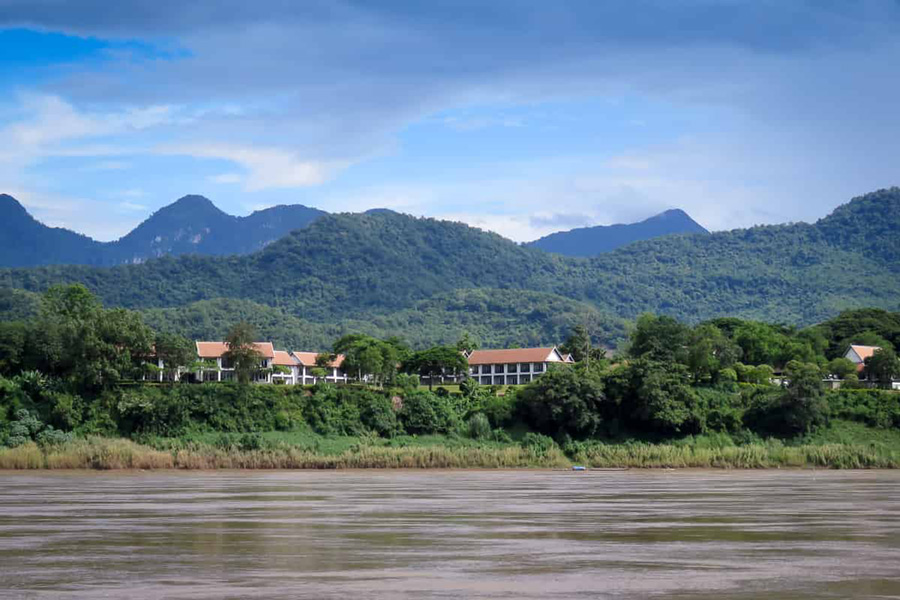
Located 99 km from Phonsavan is Tad Ka, one of the most beautiful spot in Xieng Khouang. The waterfall with water tumbling out 100 meters over magnificent limestone karst is a favorite picnic place among Laotians on special occasions like Lao New Year. Traveling to Tad Ka, you can prepare a lunch to enjoy with your friends right next to the waterfall and dive in the surrounding natural landscapes. Also, a hike up the falls is possible and you can stay overnight at Nong Het guesthouse. Thus, Tad Ka is very worth your try, either as a trip included in your itinerary or as a drop in on the way to Vietnam. After all, do not forget taking memorable photos of this charming attraction!
8.Relaxing at Hot prings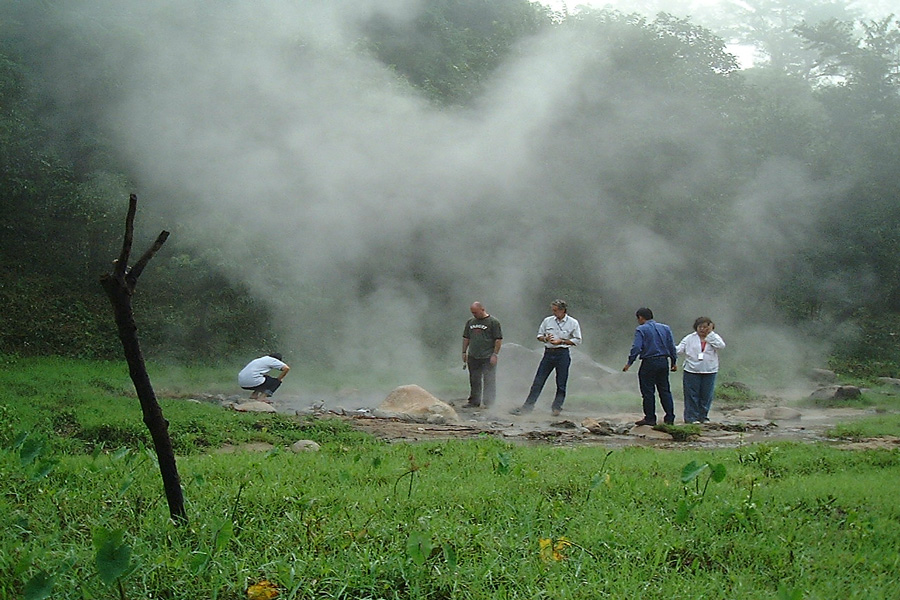
After a day full of physical activities, your muscles may become tired. How about diving into warm water and relaxing at hot springs in Xieng Khouang? But those springs are very hot making swimming impossible, so you have to go to the resorts in Ban Nyai that is about 67 km from Phonsavan or walk down the river.
The resort has bungalows equipped with bathing facilities. Near the resort is the Ban Nam Hom which is very convenient to visit after the swim. Another destination is hot springs in Ban Xang located 3 kilometers east of Muang Kham. Before take a swim, you can wander around the village to get a brief view of the local’s life. You may see Tai Dam women make and sell beautiful textile products which you can buy directly as souvenirs. Or making some conversations with the villagers to know more about their culture is not a bad idea.
9.Learning to Make “Khan Nyu”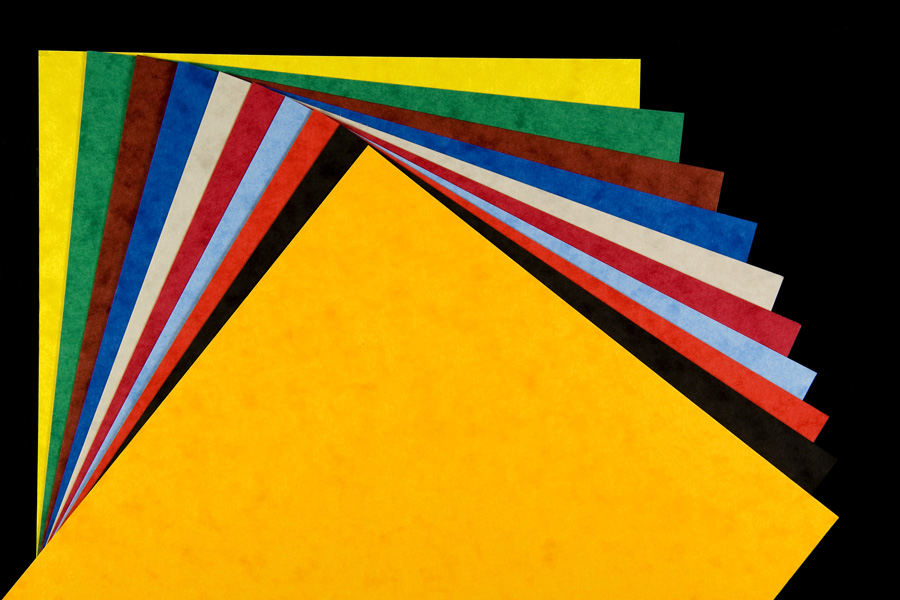
Apart from Lao lao (a rice whisky) and fabric products, “Khan Nyu”, a kind of mulberry paper umbrella, is also worth buying as souvenirs when traveling to Laos. Originally, monks and novices at Buddha temples and pagodas made “Khan Nyu” to present visitors, but then the sale becomes more popular among the locals to increase their income.
For many years, making these handmade umbrellas has become tradition passed on through generation to generation in many families, especially in Ban Mixay paper umbrellas village Xieng Khouang. In fact, the process is completely natural. For instance, the paper is made from mulberry trees, and natural dyes are utilized to make the umbrellas’ colors.
In conclusion, Xieng Khouang will fulfill your time with various activities in which you can broaden your knowledge of Laos’ history, culture, and nature. During the tour, you will absolutely not only relax after hard-working days but also have chance to learn interesting things about this beautiful country.
10.Having a Picnic Besides Tad Lang Waterfall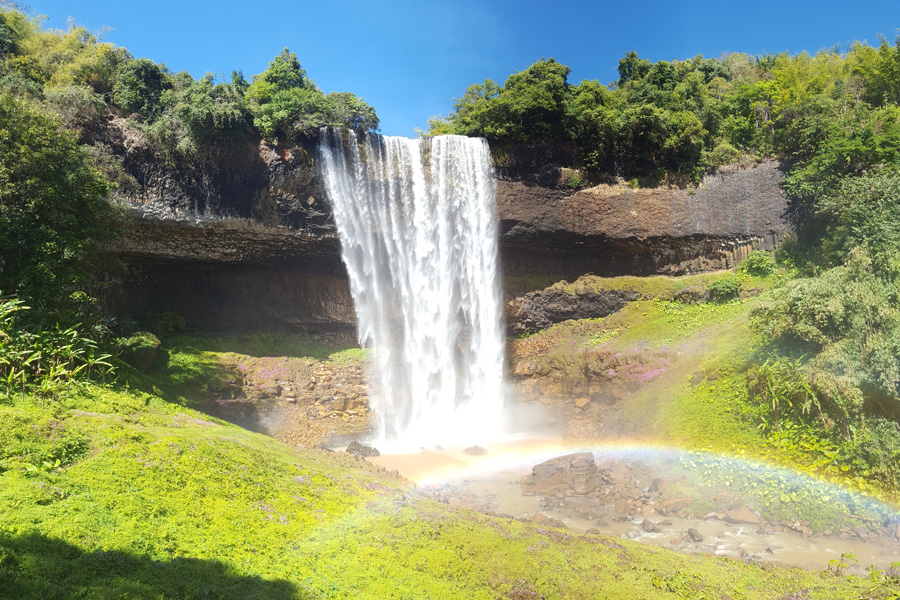
If you intend to spend a lot of time in Xieng Khouang, let’s take a glance at Tad Lang Waterfall, which is situated near Jar Site 3. Observing the water splash down through the sharp cliff will make you amazed at how spectacular the nature is. In particular, your team can go on a picnic at this fall and enjoy great time together.
Some Lao dishes prepared for the lunch may be a good idea for the picnic next to the waterfall. And don’t forget to bring your camera to take unique photos of Tad Lang which will remind you of the exciting trip to this cascade. Keep in mind that the going may be difficult in the rainy season because it is time the waterfall widens.
Day 1:
Excursion to Muang Khoun. On the way, visit the Plain of Jars (Main site). Visit Wat Phiavat, Wat Tad Fun and Wat Chom Phet. Lunch at local restaurant.
Return to town. Visit the Phonsavanh market. Free time.
Day 2: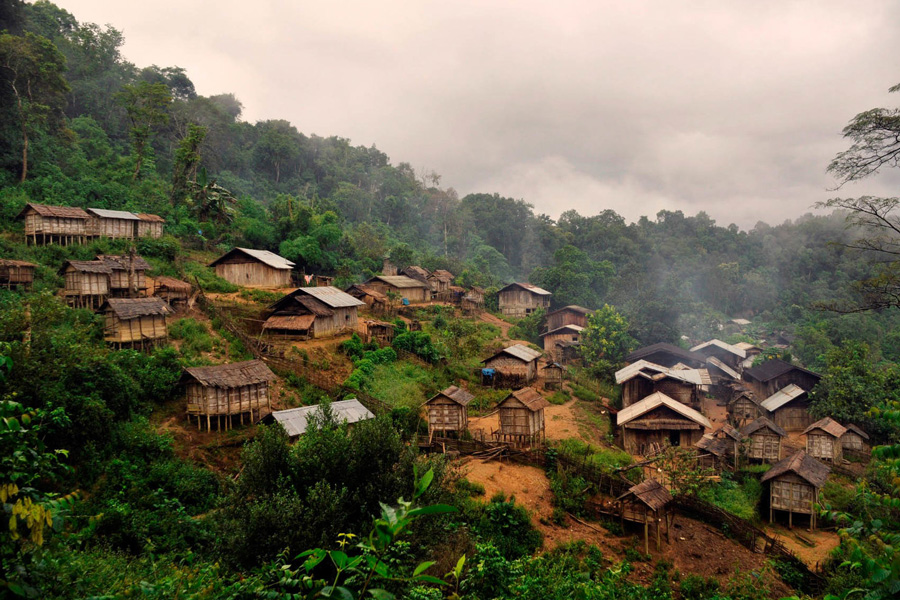
Excursion by land to Muang Kham District.
On the way stop to visit ethnic villages : Phouane, Hmong, Thai Dam villages.
Upon arrival in Muang Kham, lunch at local restaurant. Visit Tam Piew Caves.
Return late to hotel.
Where to eat
Looking for a quick meal? Head for one of the many noodles shops that can be easily found all throughout the province. These shops are popular with locals and tourists alike and you can find traditional Lao food at very reasonable prices. Ask your Phonsavan guesthouse for their recommendations.
You will also find a couple of restaurants in Xieng Khouang that serve popular Indian dishes and tasty Chinese food.
Lao Dining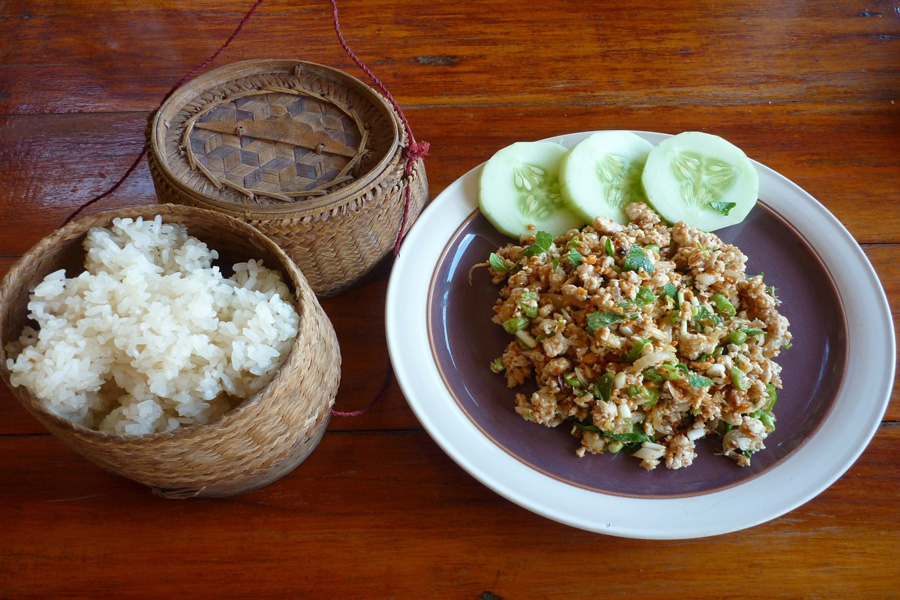
The easiest and cheapest way to sample traditional Lao food is at the stalls located in the local market in Phonsavan. Lao food is traditionally very spicy but often tempered for the foreign palate. The national dishes are Pho, which is a white rice noodle soup served with pork, beef or vegetables; sticky rice (best eaten with fingers, not spoons); Laap, which is fish, minced meat or vegetables nicely tossed in lime juice, chillies, garlic, powdered rice and served with sticky rice; Tam maak hung, which is a traditional papaya salad, and Khai phaan, which is a weed from the Mekong River. Laos’s national drinks are beer lao and lao lao (rice whiskey).
Traditional Lao food is very simple – meals at most local households comprise rice and vegetables served with soup, some dried fish and sauce. Those who enjoy Thai food will also like Lao cuisine; there are many similarities between the two cuisines. Just like Thai dishes, most Lao dishes are cooked with fresh ingredients, be it vegetables, duck, chicken, beef, pork or fish.
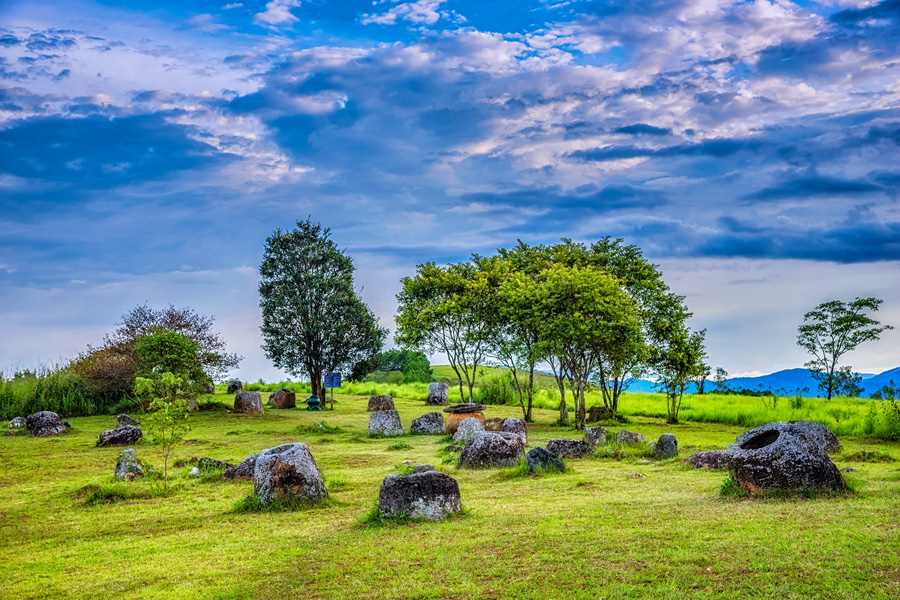
The best time to visit Xieng Khouang is from November to February. It is the cool season in Laos when the weather gets cooler. You should bring along warm clothes as travelling to Laos in this time as Xieng Khouang is the highland plain. It will become mild and chilly in the early morning and late night.
The worst time to visit Xieng Khouang is from June to October as it is the rainy season. Especially, the July and August have the maximum amount of rainfall.
In the northeast of Laos, lying across a flat high plateau is the province of Xieng-Khouang, most commonly known for the intriguing ‘Plain of Jars’. Xiangkhouang Province has largely a mountainous topography.
The province borders Luang Prabang to the northwest, Houaphan to the northeast, Vietnam to the east, Bolikhamsai to the southeast, and Vientiane to the southwest. Apart from floodplains, the largest area of level land in the country is located in the province’s Xiangkhouang Plateau. This area is characterized by rolling hills and grassland. Xiang Khouang Province is one of the main maize producing areas of Laos.
 France
France  Spain
Spain  German
German  Italian
Italian 

 Vietnam Tours
Vietnam Tours  Cambodia Tours
Cambodia Tours  Myanmar tours
Myanmar tours  Thailand Tours
Thailand Tours  Laos Tours
Laos Tours